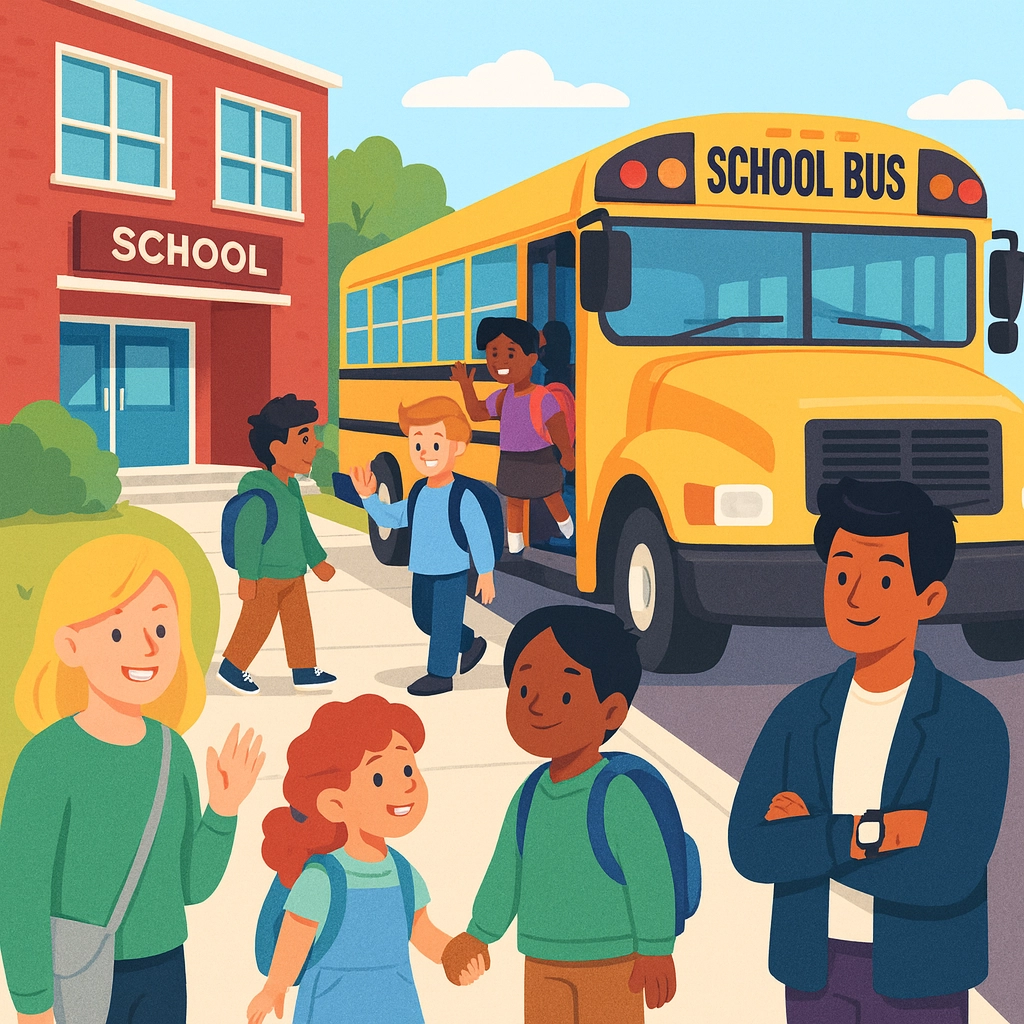
From On-Time Pickups to Parent Alerts: Why Real-Time Communication Matters for K-12 Transportation
When it comes to school transportation, timing is everything. For years, parents, students, and school districts have had to roll with surprise delays or uncertain schedules, leading to anxious mornings, endless phone calls, and frustrated families. But th..
















.jpg)

























































.jpg)

















